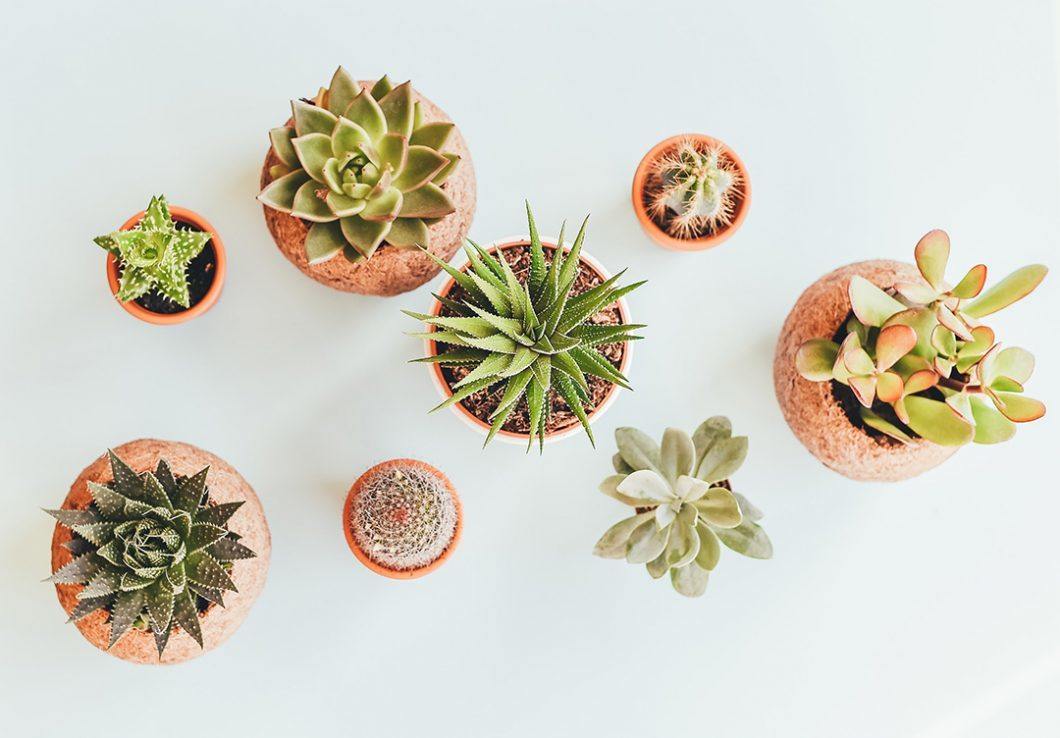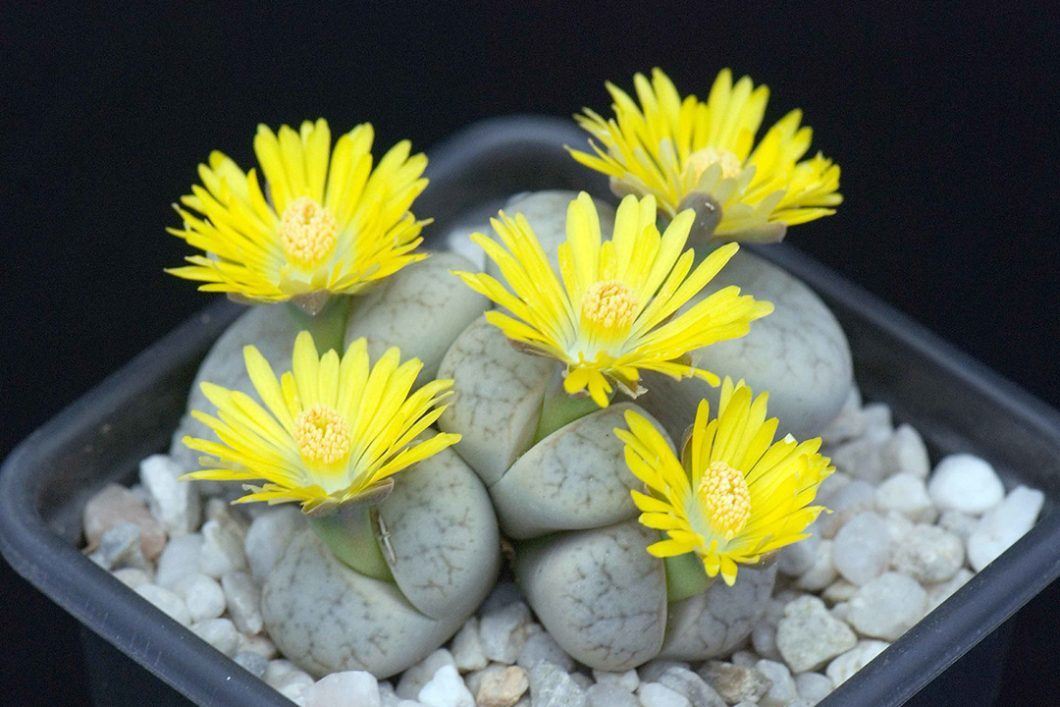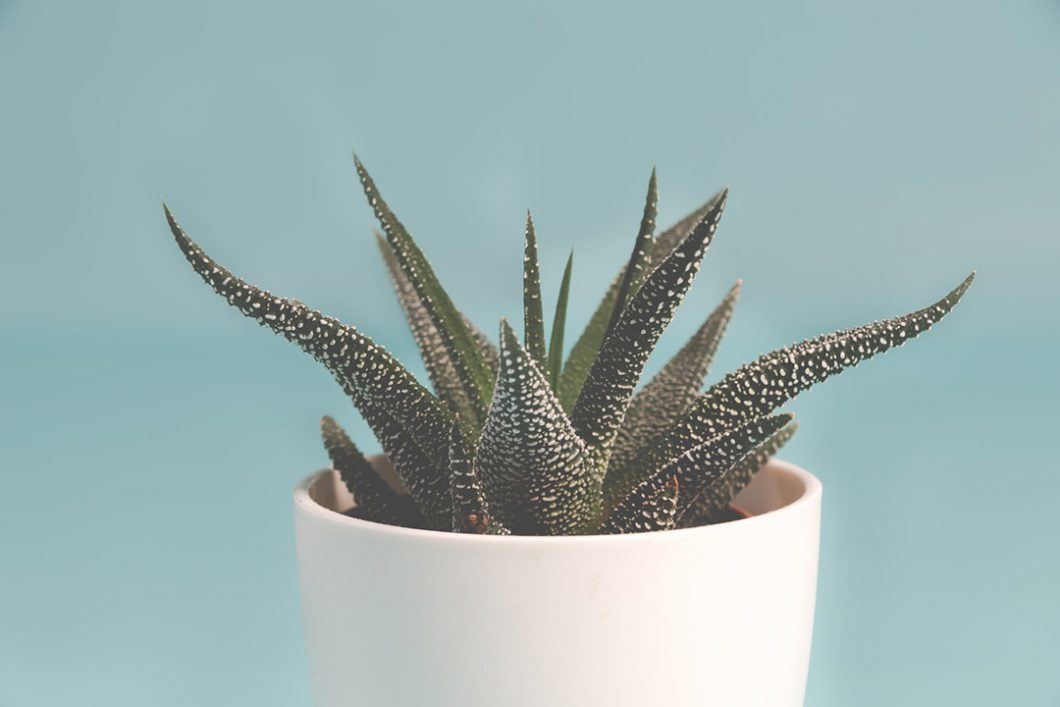Succulents are not just a bohemian Instagram darling. These tiny, slow-growing desert plants also happen to be perfect plants for small spaces…and don’t require a ton of care. Succulents are plants that tend to grow in arid climates. They store water for droughts inside their thick leaves or spikes. Succulents such as jade plants, burro’s tail and houseleek don’t have sharp needles such as cactus. This is also helpful in a tiny space where you may have a tendency to bump into more items around the house.
Potted succulents tend to stay small and clean the air while you sleep.

Many people who live in tiny houses, RVs or other minimal spaces may not think they have the room to display plants. Larger plants such as figs or palms may not fit into a typical tiny house, but a potted succulent is about the size of an orange. They may also benefit your home and indoor air quality better than a more lush-looking houseplant. Because they intake carbon dioxide and produce oxygen during photosynthesis, any kind of plant will help to clean your indoor air. However succulents perform this process at night when you are most likely breathing deeply for many hours while snoozing.
A lithops or living stones plant is a slow-growing variety.

It gets better. According to studies by NASA, succulents such as aloe vera help remove about 87 percent of volatile organic compounds (VOCs) from the air. These VOCs are normally found in paint, furniture and building materials. In a small space, having these green machines around make an even bigger difference to quality of life.
Aloe vera plants remove VOCs from inside homes.

Succulent care will depend on the type of plant, but most of them don’t like a lot of water—especially in the winter. According to Sierra Water Gardens in Reno, Nev. succulents do need to be kept warm, but they only require enough water to keep from shriveling up. Too much water and the plants will rot. To keep the plants small, err on the side of slow-growing varieties such as lithops or living stones, or crinkle leaf plant.
Top photo by Dominic Alberts
By Christina Nellemann for the [Tiny House Blog]
